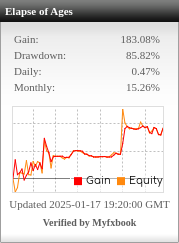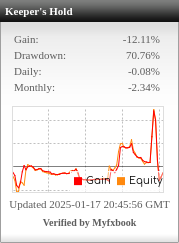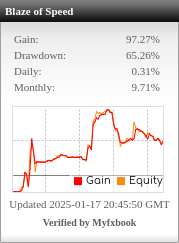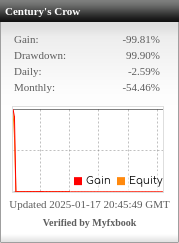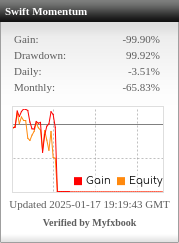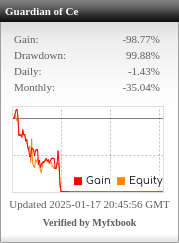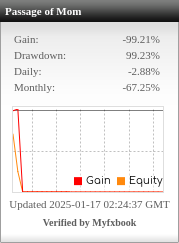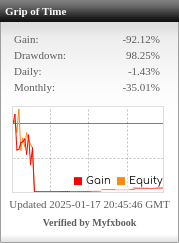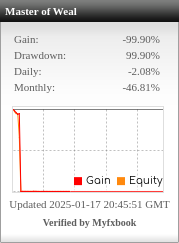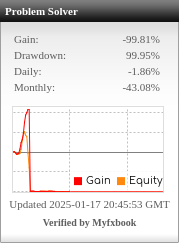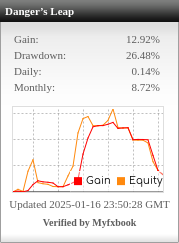Table of Contents
in SQX, Exit type contain Exit After Bars, Move SL 2 BE (+ SL 2 BE Add Pips), Profit target, Stop Loss, Trailing Stop (+ Trailing Activation) and Exit Rule. which one can made more Open and close as many orders as necessary for gold.
In StrategyQuant X (SQX), the exit type you choose plays a crucial role in determining how and when trades are closed, which in turn affects how frequently new orders can be opened. For your goal of allowing as many orders to be opened and closed as necessary for gold trading, the exit types need to allow for both flexibility and adaptability.
Here’s a breakdown of each exit type and how it might help achieve more frequent trading in gold:
- Exit After Bars:
- This setting exits a trade after a specific number of bars have passed, regardless of the market condition.
- Pros: It enforces a fixed exit rule that might work well in high-volatility markets like gold.
- Cons: It doesn’t respond to price action, meaning it could miss better exit opportunities.
- Use Case: Could be useful if you aim for a strategy that opens trades frequently and exits after a set time without regard to price, but it may not be ideal for optimizing profits.
- Move SL to BE (Break-Even) + SL to BE Add Pips:
- This moves the stop loss to break even once the price moves a certain number of pips in your favor, protecting against losses.
- Pros: Helps secure profits while keeping trades open for longer.
- Cons: May not lead to frequent trade closures unless combined with other exit rules like trailing stops.
- Use Case: This is good for strategies aiming for longer-term protection but not necessarily to open/close trades quickly.
- Profit Target:
- Closes the trade once a set profit target is reached.
- Pros: This creates a definitive exit point based on profit, which can lead to frequent closures, especially in volatile gold markets.
- Cons: If set too high, the trades may stay open longer, reducing the frequency of new trades.
- Use Case: Useful when you want frequent closures and are okay with setting conservative profit targets, allowing for many trades to open and close in rapid succession.
- Stop Loss:
- Closes the trade when a predetermined loss threshold is hit.
- Pros: Limits losses and can lead to faster trade closures in volatile environments.
- Cons: Too tight a stop loss might result in frequent small losses, reducing overall profitability.
- Use Case: Good for ensuring frequent exits in a highly volatile asset like gold if combined with other flexible exit rules.
- Trailing Stop + Trailing Activation:
- Moves the stop loss closer to the price as it moves in your favor, helping lock in profits.
- Pros: Allows trades to stay open longer when they are winning while ensuring that they are closed when the market reverses.
- Cons: Not as immediate for frequent closures but can still result in frequent trades if market conditions are right.
- Use Case: For volatile markets like gold, trailing stops can work well in capturing large moves while still offering multiple trade opportunities.
- Exit Rule:
- Custom exit conditions that you define using various indicators or rules in StrategyQuant.
- Pros: This is the most flexible option. You can define exit rules that are more reactive to market conditions, such as price levels, volatility, or indicator-based conditions (e.g., RSI, Moving Averages).
- Cons: Requires a deeper understanding of market behavior to set effective rules.
- Use Case: You could design a custom exit rule that reacts to shorter-term market fluctuations, enabling more frequent trades, ideal for achieving your objective of many open and close orders in the gold market.
Best Option for Opening and Closing Many Orders for Gold:
For gold, which is a volatile market, a combination of the following exit types may help achieve your goal of frequent trades:
- Profit Target: Set a reasonable profit target that will be frequently hit due to gold’s volatility.
- Exit Rule: Design a custom exit rule based on short-term technical indicators, which will allow the strategy to exit trades frequently when the conditions change (e.g., fast-moving averages crossing).
- Trailing Stop: This can ensure that profitable trades close out once the market starts to turn against the position, allowing for frequent trade closures while capturing good profit runs.
By combining Profit Target and a well-defined Exit Rule, you can make sure that orders are frequently opened and closed. You can use a tight Stop Loss to manage risks, and a trailing stop can allow trades to stay open just long enough to capture volatility but close them before the market reverses.

